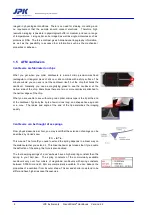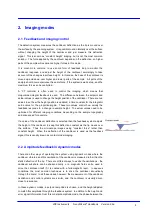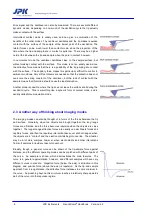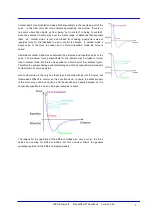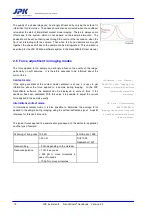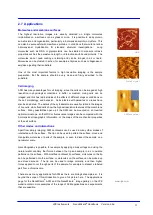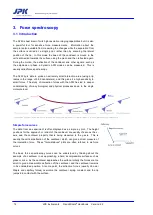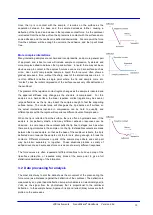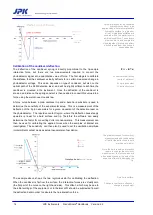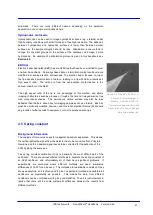
JPK Instruments NanoWizard
®
Handbook Version 2.2a
17
Approach
Tip far away
(10 - 100 microns)
No interaction
Tip approaching
(few microns)
•
Electrostatic forces
Long-range interactions from adsorbed molecules, e.g. polymer brush
Tip close to surface
(nanometers to atomic
distances)
•
Van der Waals
•
Capillary forces (in air)
•
DLVO/screened electrostatics (in aqueous solutions)
•
Chemical potential
•
Magnetic
•
Solvation forces (water layering)
Contact
Tip indenting sample
•
Stiffness (Young's modulus, elastic response)
•
Viscoelastic response (variable rates or indentation depth)
Measurement of active forces (e.g. generated by cells)
Retract
Tip lifting off surface
(few atomic distances to
nanometers)
Adhesion:
•
Non-specific (including chemical affinity, surface coatings)
•
Ligand-receptor (e.g. antibody-antigen)
•
DNA hybridization (e.g. matched or mismatched pairs)
•
Cell surface interactions
Tip further away
(nanometers to
hundreds of
nanometers)
Stretched molecules between tip and surface:
•
Protein unfolding, pulling out of membranes
•
Entropic elasticity
•
DNA stiffness, structural transitions and "melting"
•
Other conformational changes in stretched molecules,
e.g. chair-to-boat transition in sugar rings
Other stretched attachments e.g. membrane tethers formed on cells
Tip far from surface
(1-5 microns)
Connections broken between the tip and surface, no further interaction.
Adhesion strength can be measured between attached molecules and the surface when the
attachments break.
Overview of some of the interactions measured at different points during a force spectroscopy cycle.
Receptor-
ligand
Cell


